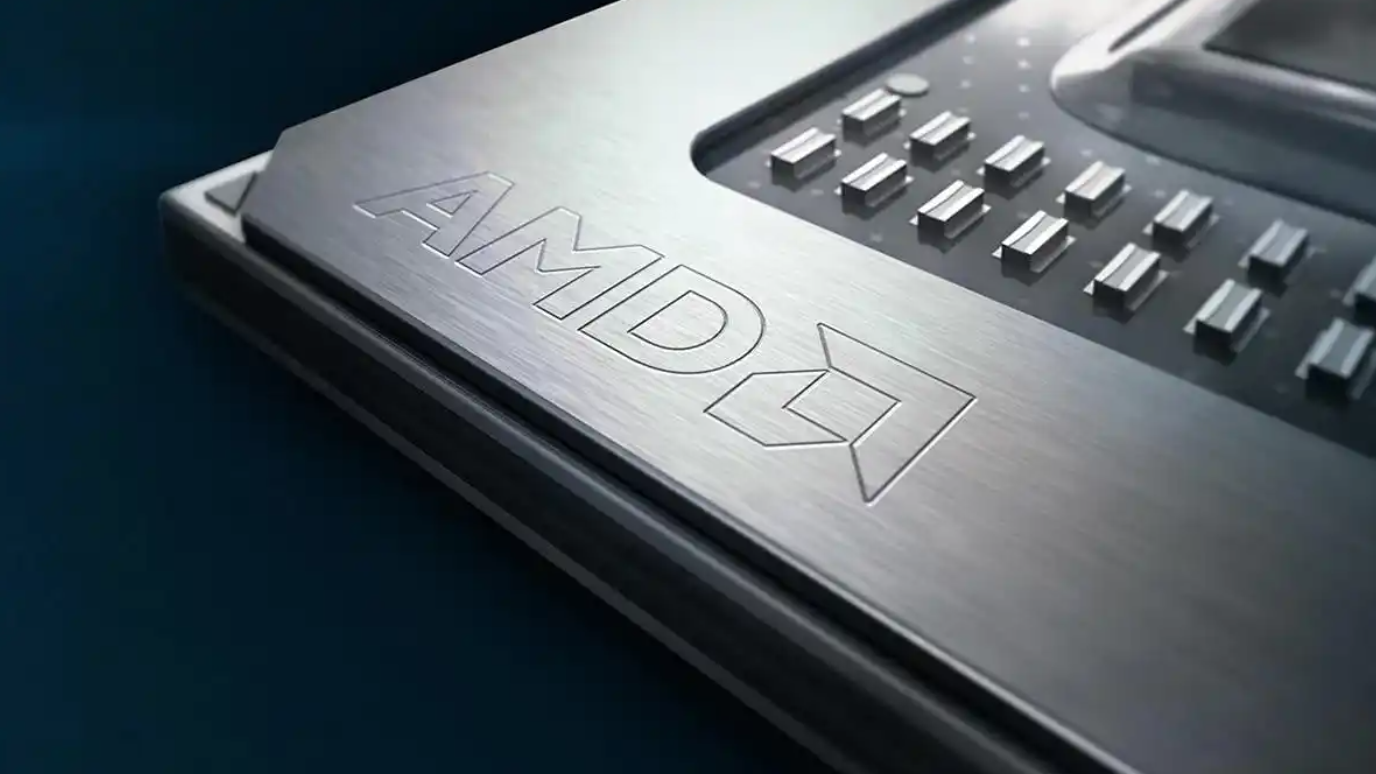IP視頻監(jiān)控芯片前景光明
到2010年,用于IP視頻監(jiān)控用途的照相機(jī)和服務(wù)器市場將帶動產(chǎn)生10億美金的相關(guān)半導(dǎo)體器件市場。iSuppli公司報告說,2005年IP視頻監(jiān)控照相機(jī)的銷售收入比2004年增長了一倍,而且從2004年2010年,該市場的年均符合增長率將達(dá)到87.9%,從而達(dá)到39億美金的市場規(guī)模。同時,IP監(jiān)控服務(wù)器的市場規(guī)模將在2010年達(dá)到13億美金。
以IP照相機(jī)為例,這種照相機(jī)通常集成了視頻捕獲、視頻解碼處理和網(wǎng)絡(luò)交互功能。因此支持這些功能的視頻信號處理器,就成了該市場上最能賺錢的半導(dǎo)體產(chǎn)品——包括最低端的處理器和最高端的多核DSP。iSuppli認(rèn)為,在對安防要求較高的行業(yè)領(lǐng)域,這種IP照相機(jī)必須具備圖像識別、跟蹤、響應(yīng)和報警的功能。
Lucrative Chip Opportunity Arises in IP Video Surveillance
The exploding market for Internet Protocol (IP) video surveillance cameras and servers will generate nearly a $1 billion opportunity for semiconductors in 2010, iSuppli Corp. predicts.
Revenue from shipments of IP video surveillance cameras nearly doubled in 2005, and will continue to grow at a compound annual growth rate (CAGR) of 87.9 percent from 2004 to 2010, to reach $3.9 billion. By the end of 2009, the worldwide IP surveillance camera market will grow larger than the conventional closed circuit television (CCTV) camera segment. Meanwhile, the market for IP surveillance servers is expected to expand to $1.3 billion in 2010.
Semiconductor technologies are enabling dramatic new features in IP video surveillance cameras and servers. The market for such semiconductors will grow in parallel with rising sales of IP video equipment.
Chip Technology Reshapes Video Surveillance
The overall video surveillance market is booming, driven by increased public and private security concerns. Underlying the growing spending on video surveillance is a rapid evolution in camera and surveillance technology.
As cameras transition to digital technology, manufacturers are making smarter products that include features like image recognition, image tracking and response and alert systems. The adoption of IP cameras and IP servers, also known as streamers, is perhaps the most significant trend in video surveillance today. This trend is driving increased reliance on semiconductor technology in the surveillance market.
An IP camera typically integrates video capture, video encoding/processing and network interface functions. Thus, video signal processor chips that support these functions are among the most differentiated and lucrative semiconductor opportunities in the video surveillance market. There is substantial variation in requirements for video signal processors, ranging from minimal needs at the low end, to high-performance multi-core DSPs at the high end.
DSPs Take on the High-End of the Market
High-performance DSPs represent the premium end of the video processor market. These DSPs are the key enablers of smart cameras. They also endow IP video servers with the capability to intelligently manage multiple simultaneous video streams.
Texas Instruments Inc.’s TMS320DM640 family targets this segment, as well as the company’s forthcoming DaVinci series of processors. At the very high-end of the spectrum is Cradle Technologies’ multiprocessor DSP.
The high end of the camera/server market also provides opportunities for additional coprocessors beyond video signal processors, such as general-purpose processors, FPGAs and ASICs. Because these systems are more complex and demanding, as well as less cost-sensitive than low-end products, they often support additional features such as on- board storage or other system-level interfaces. Finally, IP servers and high-end IP cameras may also have embedded storage, either in the form of hard-disk drives or removable flash memory cards.
A variety of applications are emerging to leverage the powerful DSPs found in digital surveillance cameras. Object recognition is among the more obvious applications.
With the capability to process the video and recognize specific objects and motion, cameras can be programmed for active responses. For example, the camera can preserve storage space by not recording, or recording at a low resolution, until an event triggers it.
Image Sensors Are Everything
Surveillance cameras also are making a gradual transition toward CMOS image sensors and away from traditional charge-coupled devices (CCD). Each type of image sensor has advantages and disadvantages, but over time, the shortcomings of CMOS image sensors are decreasing. Some unique sensor solutions, such as those from Pixim Inc., target the needs of video surveillance directly by focusing on low-light and high-resolution requirements.
Other technology trends in the surveillance camera market include a migration from motion JPEG to MPEG4, the adoption of 802.11 in some segments and support for power over Ethernet. Analog and power semiconductors also will find a growing market in IP surveillance cameras.
The trend toward IP cameras positions the video surveillance market for dramatic growth over the next five years. This will further drive rapid increases in key underlying semiconductor markets for video signal processing, support logic, image sensors, memory and analog ICs, iSuppli predicts.




評論